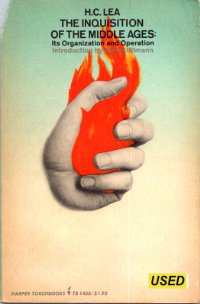John Bunyan (1628-1688) was a prolific English writer and preacher, best known for his allegorical works that reflect his deep Christian faith and experiences. Here's an overview of some of his most notable works:
The Pilgrim's Progress: This is Bunyan's most famous work, an allegory of a Christian's journey from the "City of Destruction" to the "Celestial City." It is divided into two parts, following the protagonist, Christian, and later his wife, Christiana.
Grace Abounding to the Chief of Sinners: This autobiographical work details Bunyan's spiritual journey and conversion, offering a candid look at his inner struggles and ultimate redemption.
The Holy War: Another allegory, this book depicts the battle for the town of Mansoul, representing the human soul, between Shaddai (God) and Diabolus (Satan).
The Life and Death of Mr. Badman: This work is a companion to The Pilgrim's Progress, presenting a contrasting narrative of a wicked man's life and the consequences of his sinful actions.
The Heavenly Footman: A treatise encouraging Christians to persevere in their faith and strive for spiritual goals, using the metaphor of a race.
The Barren Fig Tree: This work explores the Bible parable of the barren fig tree, emphasizing the importance of repentance and bearing spiritual fruit.
Bunyan's writings are characterized by vivid imagery, deep theological insights, and practical applications for Christian living. They have had a lasting impact on Christian literature and continue to be widely read and studied.
DOWNLOAD




